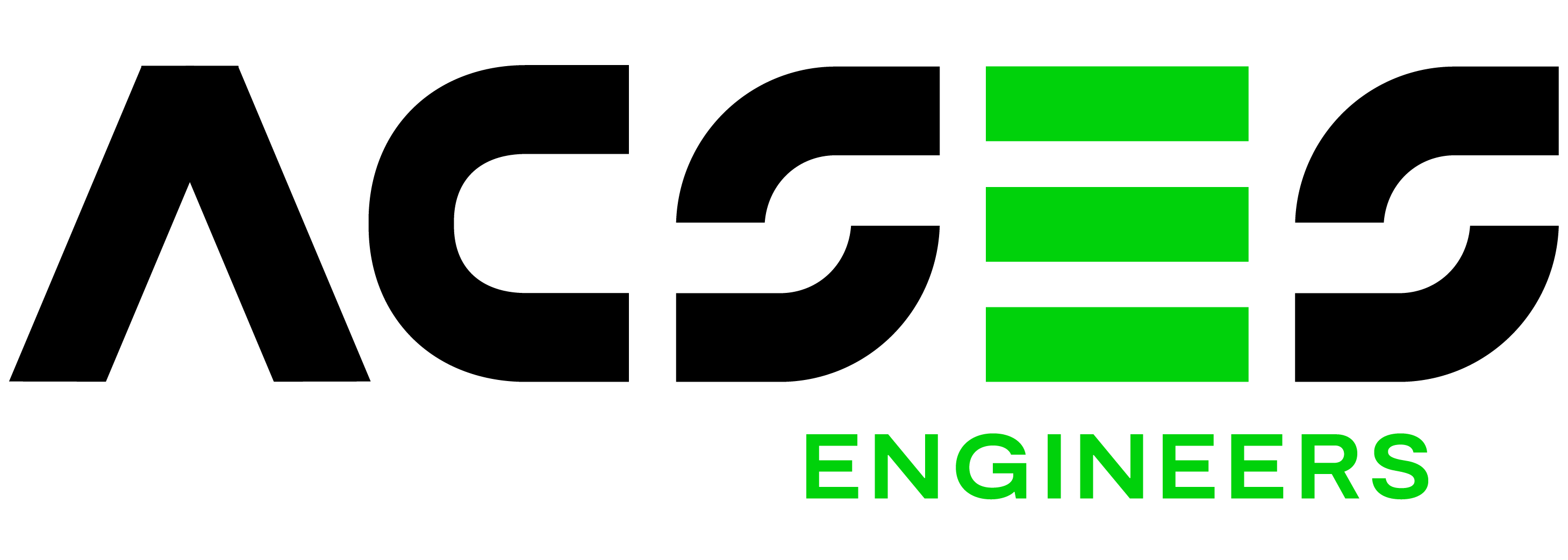Most people are familiar with concrete but not with shotcrete. Shotcrete is a method of spraying a wet mix of concrete onto a frame of steel reinforcement. This reinforcement can be steel rods, steel fibres, or a steel mesh depending on the design detail. A high-pressure hose is guided over the structure to form an even layer and then shaped to the desired form.

Shotcrete, was originally called “Gunite” when Carl Akeley designed a doubled chambered cement gun in 1910. His apparatus pneumatically applied a sand-cement mixture at a high velocity to the intended surface. Other trademarks were soon developed known as Guncrete, Pneucrete, Blastcrete, Blocrete, Jetcrete etc. all referring to pneumatically applied concrete. Today Gunite equates to dry-mix process shotcrete while the term “shotcrete” usually describes the wet-mix shotcrete process. At point of application, both are typically referred to as shotcrete.
In 1920, this innovative process first spread to Europe, India and South Africa before finding its way to the American west coast and South America, despite the geographical proximity. This may be the explanation for the term “gunite” (Spanish: “gunita”), stemming from this earlier period, still being used a lot in Spain, whereas South American countries prefer the term “sprayed concrete” (Spanish: “hormigón/concreto proyectado/lanzado”), as well as “shotcrete” stemming from a later period of development.
Shotcrete can be applied by two distinct application techniques, the dry-mix process and the wet-mix process.
- Dry-mix shotcrete – The cementitious material and aggregate are thoroughly mixed and either bagged in a dry condition or mixed and delivered directly to the gun. The mixture is normally fed to a pneumatically operated gun which delivers a continuous flow of material through the delivery hose to the nozzle. The interior of the nozzle is fitted with a water ring which uniformly injects water into the mixture as it is being discharged from the nozzle and propelled against the receiving surface.
- Wet-mix shotcrete – The cementitious material, aggregate, water, and admixtures are thoroughly mixed as would be done for conventional concrete. The mixed material is fed to the delivery equipment, such as a concrete pump, which propels the mixture through the delivery hose by positive displacement or by compressed air. Additional air is added at the nozzle to increase the nozzle discharge velocity.
- World’s biggest single structure house 3D printed in one go - July 27, 2020
- Compulsory registration scheme for NSW professional engineers - June 29, 2020
- The Moore Shire Bituminised Road - June 22, 2020
- Bioinspired Structure with 3D Printing - June 15, 2020
- Doughnut Economics: Amsterdam’s Green Recovery Plan - June 1, 2020
- These 5 cities are turning roads into bike lanes because of coronavirus - May 18, 2020
- Four Australian among the world’s top ten universities best placed to solve the world’s biggest challenges - May 11, 2020
- This is how South Korea is balancing getting people back to work and protecting their health - May 4, 2020
- These 5 cities are turning roads into bike lanes because of coronavirus - April 20, 2020
- What is Concrete Temperature Limit? - April 13, 2020
